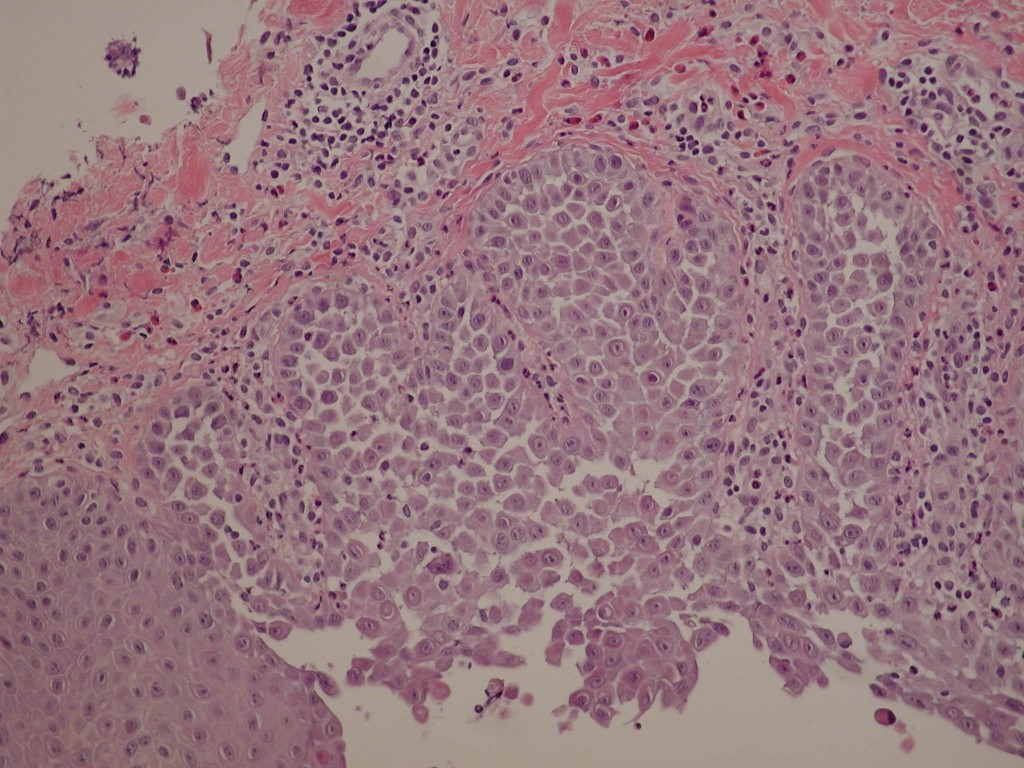inheritance n. The process of genetic transmission of traits from parents to offspring.
genetic adj. Of or relating to genetics or genes. Affecting or affected by genes, as a disorder or deficiency.
genome n. A complete haploid set of chromosomes with its associated genes.
haploid adj. Having a single set of each chromosome in a cell or cell nucleus. In humans, only the reproductive cells (ovum and spermatozoa) are haploid. The haploid number (23 in humans) consists of 22 autosomes and 1 sex chromosome (X or Y).
diploid adj. Having paired sets of chromosomes in a cell or cell nucleus. In diploid organisms that reproduce sexually, one set of chromosomes is inherited from each parent. The somatic (non-reproductive) cells of humans are diploid.
autosome n. A chromosome other than a sex chromosome.
Haploinsufficiency occurs when a diploid organism (like a human) only has a single functional copy of a gene (with the other copy inactivated by mutation) and the single functional copy of the gene does not produce enough of a gene product (typically a protein, ATP2C1 in this case) to bring about a wild-type (normal) condition, leading to an abnormal or diseased state.
penetrance n. The frequency with which a heritable trait is manifested by individuals carrying the principal gene or genes conditioning it.
incomplete penetrance n. When penetrance is less than 100%.
Diseases caused by haploinsufficiency (like HHD) are inherited in a dominant fashion. If one copy, from one parent, is defective – the disease occurs. There is a 50% chance that the parent with the trait will pass it to their offspring.
HHD has incomplete penetrance as the trait does not always produce clinical symptoms.
